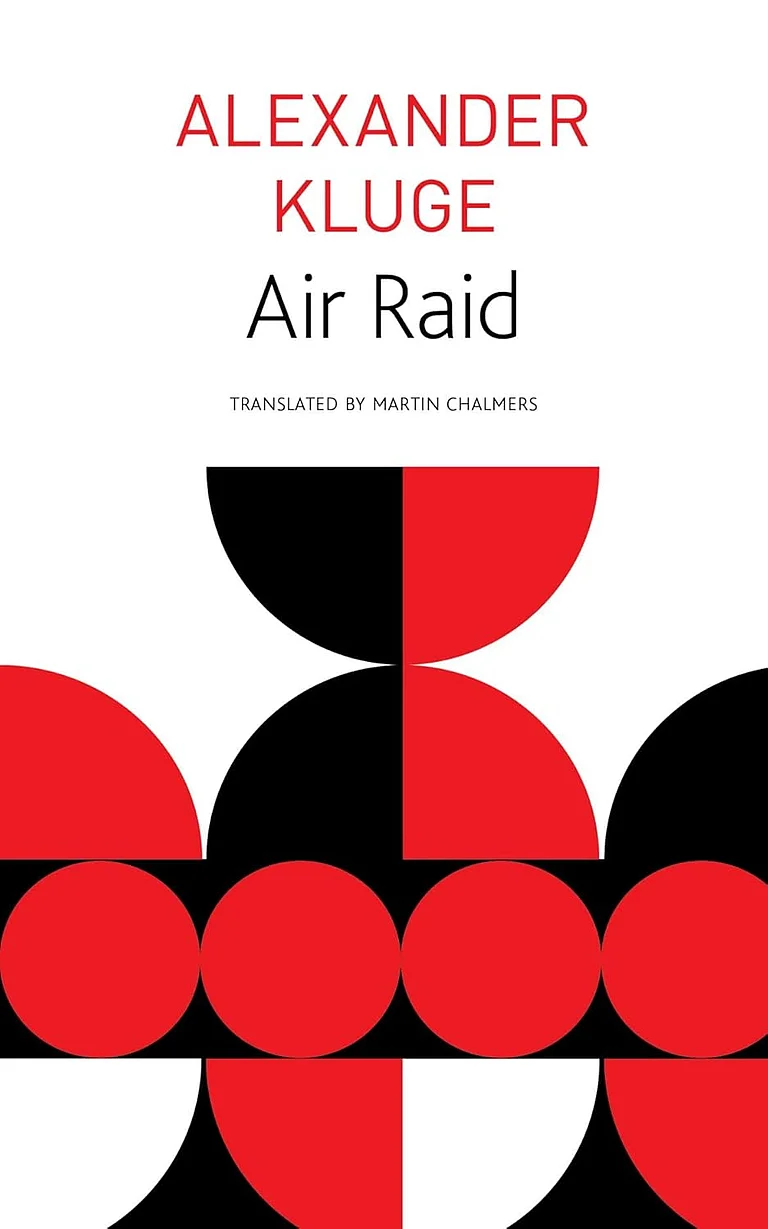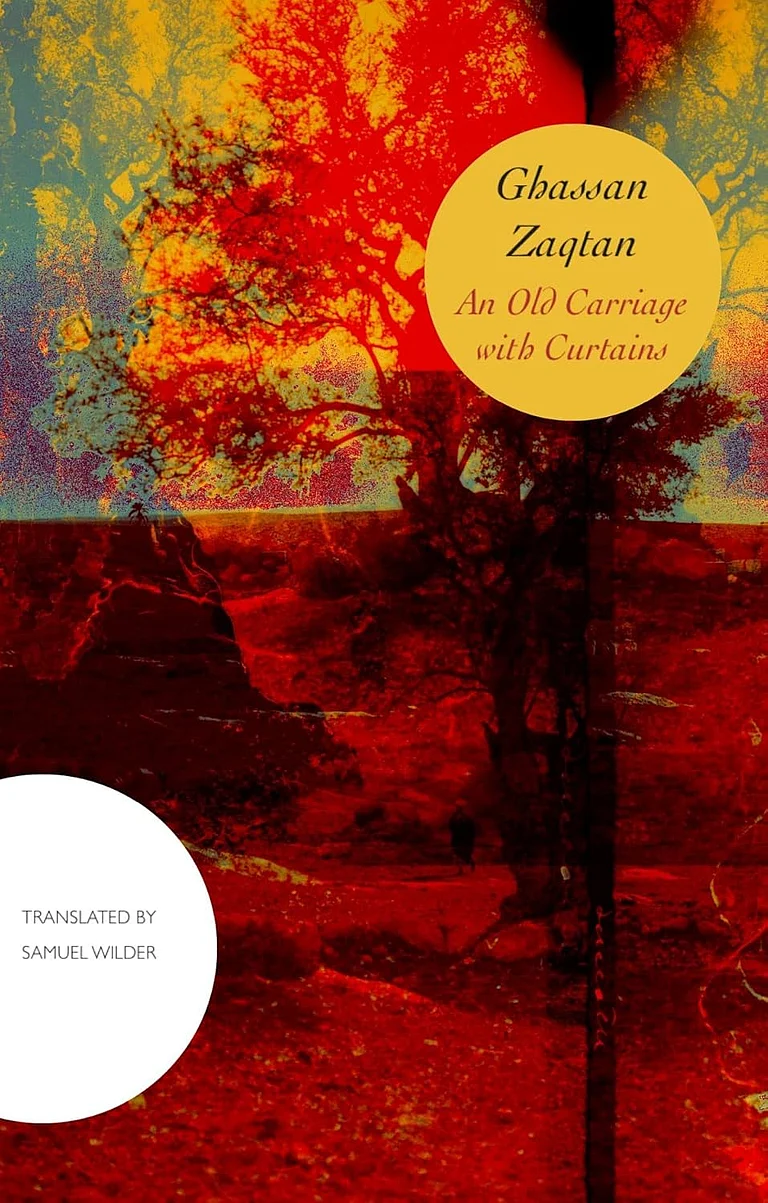Growing up as an Adivasi woman in a mixed-caste Hindu community in Jharkhand, I was always aware of the triple jeopardy I faced. First, as a woman in general, second as an Adivasi in a caste structure and third as an Adivasi woman. I was aware, since college, for instance, of the fact that Adivasi women were victimised as dayans (witches) in rural areas of Jharkhand. I was aware that despite being educated in the same schools, Adivasi women were discriminated in the name of their traditions. But it was only after I started working in the social development sector that I realised how structural and systematic the discrimination against Adivasi women really is.
Tribal communities believe that Adivasi women are less discriminated against than their non-Adivasi counterparts. But within an Adivasi household like mine, in which I went through a mixed socialisation process, women remained secondary citizens. Whether in education or opportunities, families give importance to men. Even at my home, that was the case. I learned early on that to be heard, I have to fight for my space. These personal experiences of standing up to my own family led me to pursue Women’s Studies and work with the social development sector for the upliftment of women. By the time I was working in my first formal job, I had already made something of a space with dignity for myself in the Adivasi social work sector. I started receiving many invitations and requests to speak at seminars, events and lectures about Adivasi gender issues. The superiors in my organisation, which purportedly worked for Adivasi rights and advocacy, did not take that well. After all, how can an Adivasi woman surpass their and the organisation’s credibility and stature? Needless to say, the organisation was run by non-Adivasi folk and, as a vocal representative of Adivasi people and particularly as an Adivasi woman, I was a threat to them.
All Adivasis at some point realise caste distinctions and class structures that define people’s status and credibility in society. But it was during my first job that I realised that there is a specific need, even within the social development sector, to create a safe space for Adivasi women to come and discuss their own problems. Even in the development sector, people from Adivasi communities will tell you how their distinct worldview and approach, shaped and informed by their Adivasi identities and lived experiences, are undermined. I realised that when it comes to gender and rights, ‘the personal is the political’. My story is that of several Adivasi women trying to make an independent space with dignity for themselves in a deeply male-dominated, class-stratified and caste-stratified society.
In 2009, I started the Adivasi Women’s Network and, since then, the organisation has been working on multiple issues regarding the rights of all women, particularly those of marginalised women, including Adivasi, Dalit and Muslim women. In a majoritarian, patriarchal state, women from social and economic minority communities face triple jeopardy.
While gender-based violence is deeply prevalent across rural societies in India, Adivasi women face some distinct problems both within the tribal community and outside it because of the conflict between their individual and collective rights. One of the scourges in Jharkhand and other tribal states is the practice of dayan pratha or witch hunting. It is easy to dismiss dayan pratha as a tribal myth. Most people don’t believe it really happens. But we regularly encounter cases of witch blaming/killing in which victims are physically humiliated, removed from their property and, in the worst cases, killed. At the heart of it is not tribal culture but a systematic attempt to deny propertied women a right to access and control of their own property. Essentially, it is nothing but a case of gender-based violence. But once the victim’s Adivasi identity comes into the play, many interconnected aspects and social ills come to light. Most of the cases of dayan hatya (witch murder) that we investigate turn out to be cases of property dispute. These tactics target single, widowed or elderly women with property or inheritance and are systematically employed—often by the woman’s own or distant family—to disenfranchise her and illegally take her land.
The ‘Jal Jangal Jameen’ (Water, Forest, Land) movement is the driving force of Adivasi identity. But this movement, though based on the contribution of women as stakeholders, has failed to confer women with ownership of these resources. When we talk about Adivasi land rights, we tend to forget that women also have rights over collective resources as men do. Land ownership in the name of the male head was started by the colonial system and is still followed. We need a joint entitlement system. Witch hunting itself is not an Adivasi phenomenon but the persecution of women from Adivasi communities is very real and does not end with the crime itself. It is difficult for any woman across India to be taken seriously and treated with neutrality in legal institutions like the police or courts. When it comes to Adivasi women seeking justice, those in law enforcement or administrative positions have little knowledge about Adivasi societies and their distinct rights and approach to life and its challenges. In fact, most police officers treat Adivasi women as less than human, despite years of so-called sensitisation.
Fighting historical injustices is easier said than done and when it comes to Adivasis, one issue leads to another. Adivasi women are prone to becoming victims of trafficking due to social vulnerabilities which are an outcome of their social, cultural and political degradation by the governing system. But the issue is directly related to migration. Then one has to look at the position of women in a stratified class and caste society. Adivasi women’s issues, therefore, cannot be seen in silos. That’s perhaps why activists and civil society organisations should balance representation of Adivasis in their ranks.
The role of activists and social workers becomes vital in bringing meaningful change. With the interventions of the Adivasi Women’s Network, hundreds of Adivasi women have been able to find a safe space not only to seek justice but to empower, educate and nurture themselves as individuals with agency and independence. The idea is to create a consciousness among Adivasi women so that they treat themselves as equal shareholders of this democratic nation and to fight for their rights in a world that continues to erase their existences.
(This appeared in the print edition as "Gendering the Adivasi")
(as told to Rakhi Bose)
Elina Horo is the convenor of Adivasi Women’s network and an indigenous Women’s Human rights defender





















